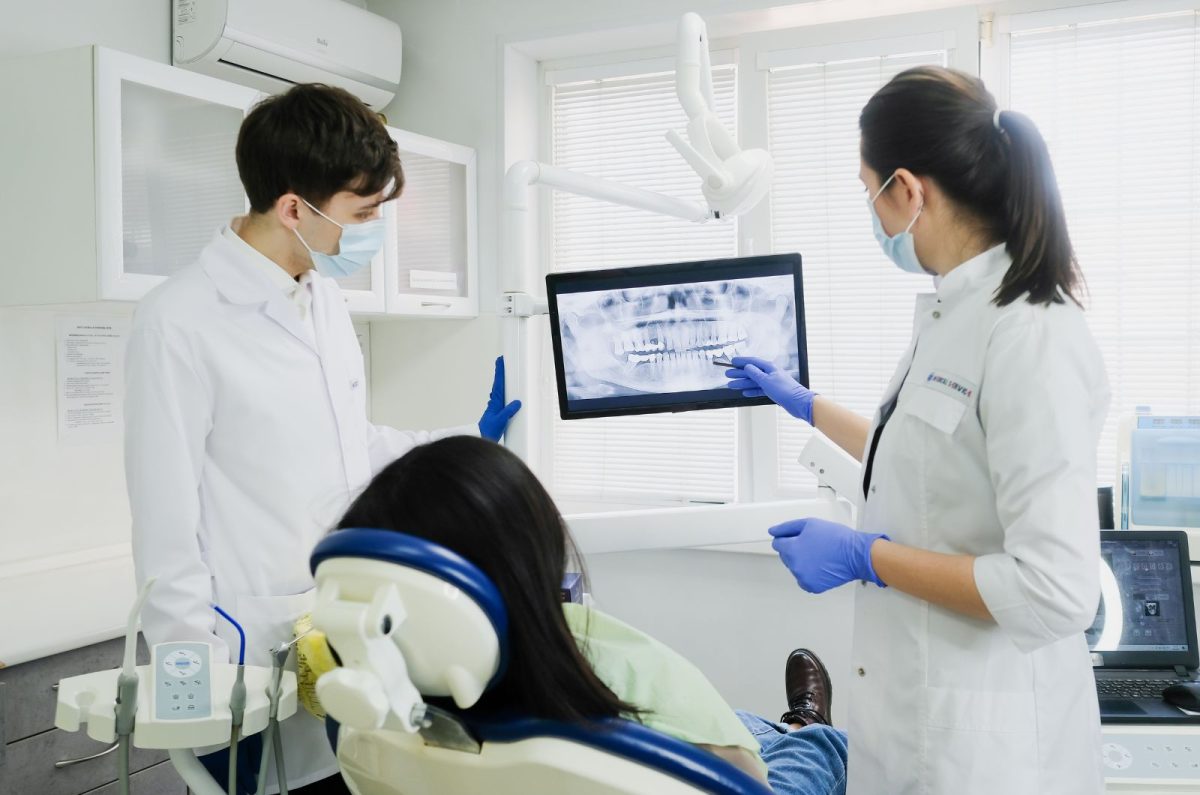Have you ever wondered why some dental implant procedures are more successful than others, or why some people boast dazzling smiles after getting dental implants, while others seem less satisfied with their results? High success rates and stunning esthetic outcomes in implant dentistry aren't accidents; they are the product of careful, team-based planning and state-of-the-art digital diagnostic tools. If you're considering dental implant surgery, this could be the moment your whole future changes.
Embrace the delectable universe of modern dentistry where we highlight the essential tools and strategies that ultimately shape the success and aesthetics of implant dentistry. The journey we're about to embark on will shed light on the potential these advanced strategies have for everyone's unique smile, from the instrumental role of CBCT imagery and 3D digital data diagnostic tools to the benefit of prosthetic-driven implant planning and achieving predictable esthetic outcomes, and of course, how to wisely plan your implant dentistry treatment.
The Importance of CBCT Imagery and 3D Digital Data Diagnostic Tools in Implant Dentistry
The practice of implant dentistry has been revolutionized with the strategic use of Cone Beam Computed Tomography (CBCT) imagery and cutting-edge 3D digital data diagnostic tools. This transformation has truly redefined the parameters of precision, effectiveness, and patient satisfaction.
CBCT offers a comprehensive visual guide to the dentist by capturing volumetric images of hard tissue structures, an unmatchable advantage in the field of implant dentistry. It minimizes the risks of surgical error and helps achieve optimal positioning of implants.
Meanwhile, 3D digital data diagnostic tools bring in a new level of accuracy in assessment and treatment planning. They enhance the predictability of procedures, guaranteeing desirable esthetic and functional outcomes.
The cases handled by the team of experts at Facial Imaging Mobile are testament to the fact that these modern technological advancements are indispensable in the growing field of implant dentistry.
Prosthetic-Driven Implant Planning: A Key Component for Success
With a precise understanding of a patient's orofacial features, prosthetic-driven implant planning paves the way for successful outcomes in implant dentistry. With a proactive and patient-centered approach, a multi-disciplinary team of clinicians can collaborate to design an implant solution that meets functional and esthetic goals.
Envisioning the End-Product
The concept of prosthetic-driven planning is inspired by the adage 'begin with the end in mind'. Utilizing advanced digital tools and software, the implant team can visualize the desired outcome (prosthesis) and work backwards to plan the best implant placement.
Success Stories
Real-world cases consistently demonstrate the efficacy of this methodology. Precision, patient satisfaction, and long-term success are common attributes linked with prosthetic-driven strategies.
In conclusion, for predictable and satisfactory results, it's vital to embed prosthetic-driven implant planning in your treatment protocol. As highlighted in our previous section about CBCT imagery and 3D digital data tools, technology continues to play a vital role in ensuring these outcomes.
Achieving Predictable Esthetic Outcomes in Implant Dentistry
In the realm of implant dentistry, achieving predictable esthetic outcomes is of prime importance. It is not just about restoring functionality but also ensuring a visually pleasing result. The impact of implant therapy is not only physical but has a significant psychological component, driven by the aesthetic appearance of the restorations.
Key Factors Influencing Esthetic Outcomes
Several factors influence esthetic outcomes in implant dentistry, which include the skillset of the implant team, the patient's oral health status, and the use of advanced technologies like 3D digital data diagnostic tools. These tools allow for accurate diagnosis and treatment planning, thereby contributing to predictable esthetic outcomes. Prosthetic-driven planning, as we will discuss in the next section, leads to a harmony between the implant position and the final restoration leading to a natural look.
Patients' satisfaction is a testament to the success of achieving predictable esthetic outcomes as it aligns with their expectations.
Tips for Wisely Planning Your Implant Dentistry Treatment
Planning for your dental implant journey requires careful consideration. The first step is to ensure a thorough consultation and assessment with your chosen dentist. Opting for a highly experienced team specializing in implant dentistry, can significantly influence your treatment plan, and ultimately, the final result.
Role of Digital Tools
Advanced digital tools, like CBCT imagery and 3D digital data diagnostic tools, play a vital role in comprehensive treatment planning. Even though potential outcomes can be assessed, it is equally important to consider the lasting implications of an implant treatment. Ongoing maintenance and home care are as essential as the surgical component of the treatment.
Communicating Expectations
Communication between you and your dental professional is key. Clearly expressing your expectations can aid in achieving a satisfactory esthetic and functional outcome. In conclusion, a wisely planned treatment is integral to long-term success in implant dentistry.
For more info >> FACIAL IMAGING

